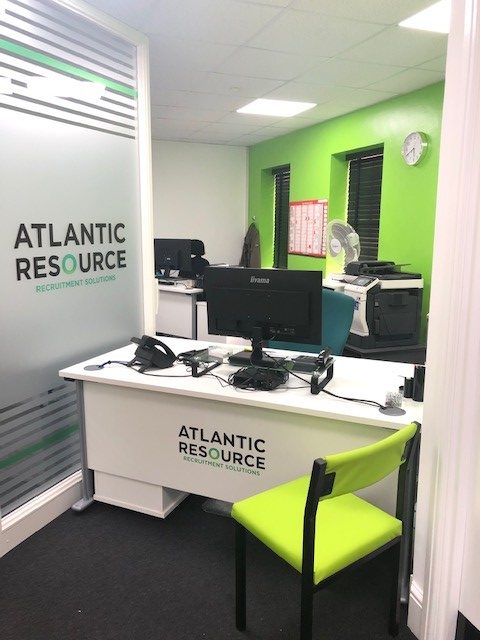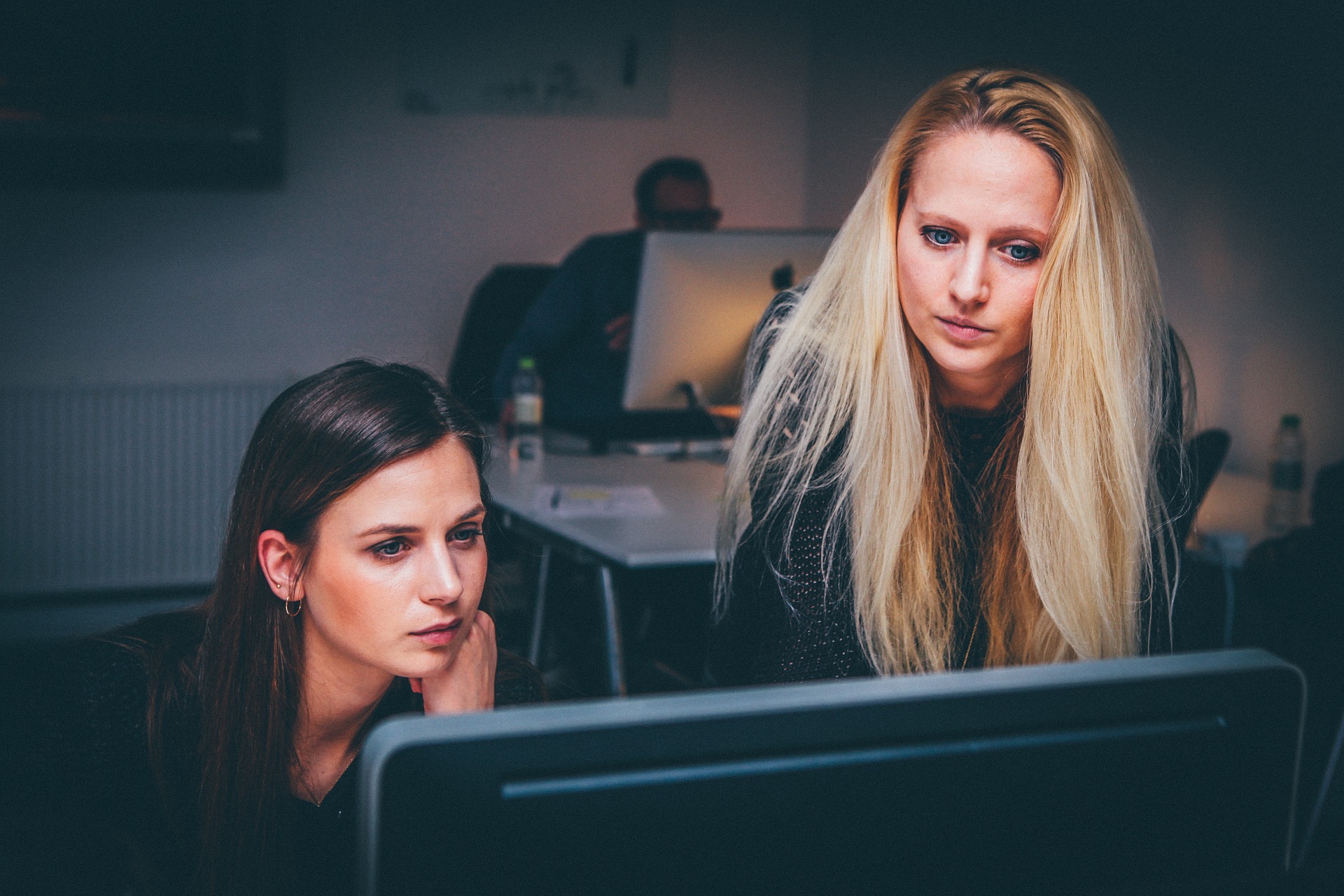Whether you spend too much time sitting down in an office, too much time standing up in a kitchen, or take more risks than advisable on the construction site, there are usually ways of improving personal health and minimising risk in in the workplace.We’ve long heard of talk and research connecting the time spent sitting down with numerous health risk, and even premature death. But for the first time new research has given definitive numbers, together with specific targets and practical measures.The study co-commissioned by Public Health England reports that people working in offices should be on their feet for at least two hours while on site, preferably building to an ideal total of four hours.

New research suggests office workers should be on their feet for at least 2 hours of every working day.
Perhaps mostly directed towards office workers, this research calls for big changes in the workplace, including more sit-stand adjustable desks (to which just 1 per cent of UK office workers currently have access, compared with 90 per cent in Scandinavia); as well as standing-based work and frequent walking. It proposes toilets are located further away from staff, requiring a walk, and even reducing emails in favour of (get this) messages delivered by hand.But how realistic is it to expect workplaces to embrace such a major culture change? Sure, for start-ups or young digital companies with colourful bean bags in the corner of the office; or even for large organisations with adequate human resources and capacity to implement intelligent structural changes, maybe something could work for them.For many companies though, plenty of them small to medium sized businesses, it might be less straightforward. There’s an older generation at the helm of many businesses, plenty of whom preside over an ingrained ‘old school’ working culture. It’s simply accepted that people will enter an office and sit down at their desk working for the majority of their working day, however long that is. It may even be frowned upon for staff to take a full lunch hour or use all
of their annual leave, and plenty don’t.A co-author of the study Gavin Bradley of Active Working, a community interest company which co-commissioned the study, has set up
www.getbritainstanding.org, which contains features such as a sitting calculator and workplace tips.Outside of offices, where working cultures are different, it could be an entirely different story. In fact, the whole standing issue could be completely reversed. Too much time spent standing or walking, too much physical exertion and not enough breaks: that might ultimately impact on an ability to do the job effectively.Whatever the workplace, we have to listen to our bodies. If it’s telling you via your knees that you might want to ease up a little, take that regular break, you should do it. If you’re finding it increasingly difficult to completely straighten your body or loosen your neck after a working day hunched over a desk and looking at various screens, that might tell you something too.We only get one body, and these days we might have several different careers, with different physical demands. In the short, medium and long term, our body will thank us for looking after it.








